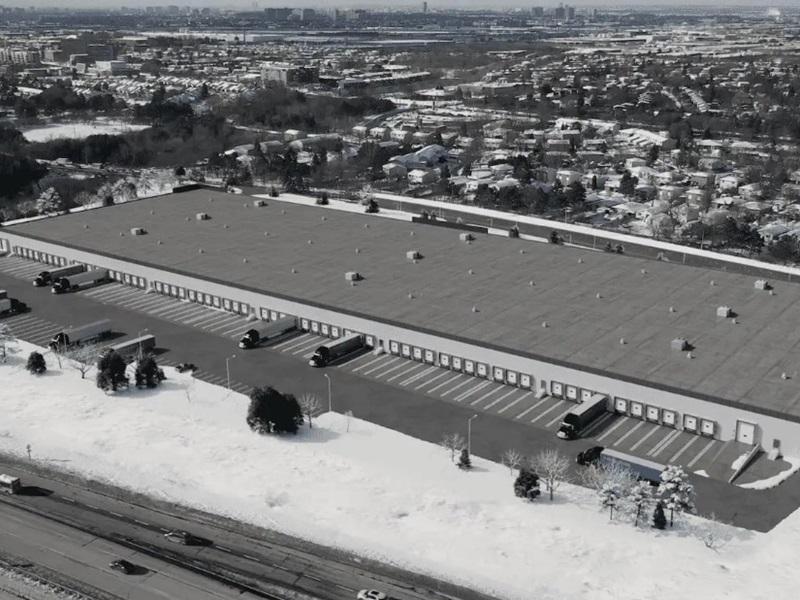There is no question about the effects of the COVID-19 pandemic on Canada’s economy.
This sudden misfortune has tested the strength of the commercial real estate industry in ways we’ve never encountered before.
So what does the future hold for tenants when this is all over?
Retailers pivot
Bricks-and-mortar retail tenants have seen their foot traffic disappear virtually overnight. Those sufficiently nimble have innovated in every capacity to keep their doors open.
Be it phone orders or curbside pick up and delivery, these businesses are working overtime to make sure they can get their products to consumers.
The truly fortunate retailers are those with good e-commerce in place. Even with a tried-and-tested online ordering system, however, the sales are simply not going to match more prosperous times.
With fewer people working, there will ultimately continue to be a slowdown in the buying of non-essential products and services.
Retailers able to ride out the storm would be wise to plan conservatively when ordering seasonal stock going forward into 2020.
Well after we all go back to work, I think there may be some financial restraint by consumers for the foreseeable future.
Office waiting game
Remote offices have sprung up in every household. Even offices that were prepared to send employees home with remote desktops have still had to fine-tune their day-to-day businesses.
No one was fully prepared for this type of business disruption.
I would predict some businesses are going to be using this time away from their physical headquarters to re-evaluate their office leasing needs as well as their technology demands.
Some office tenants may even contemplate physical distancing in the future in respect to open-office concept designs.
New buildings with higher air quality and the ability to spread out employees could even cause square footage requirements to increase, offsetting the home office movement.
I wouldn’t be surprised if large corporations come out of this with even better fine-tuned business plans.
Cautiously, optimistic industrial strength
Industrial production has slowed for some businesses, but certainly not for all.
Supply chains are adapting daily and evolving to meet the needs of industry. While these tenants seem the least affected thus far, they too rely heavily on supply and demand to survive.
With not much to compare against, some analysts are likening our current situation to the Great Depression.
Industry was hit hard during that time, such as little to no construction, for example.
I think there could be some lean months, regardless of which business sector you fall into, as we return toward normalcy.
However, it will return and hopefully a heck of a lot faster than we all expect.







